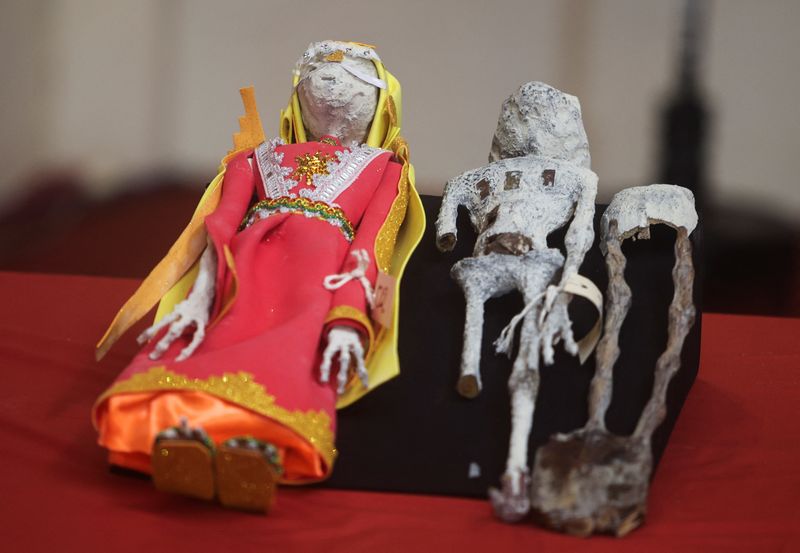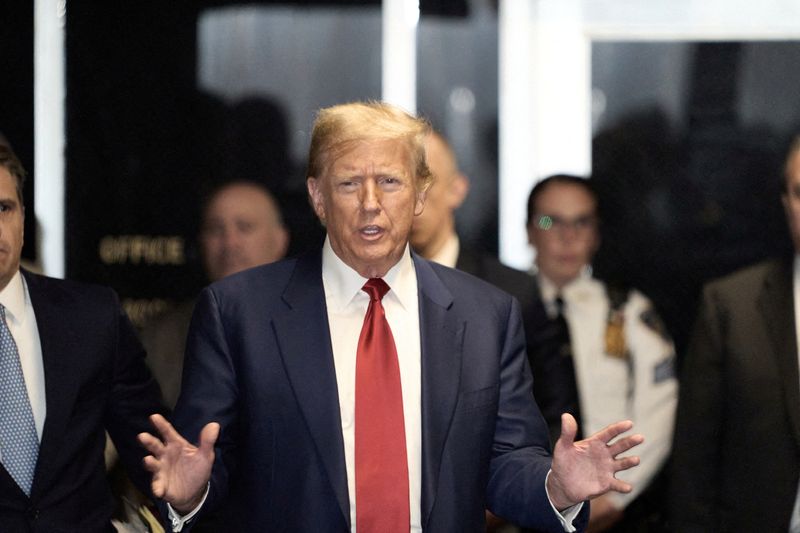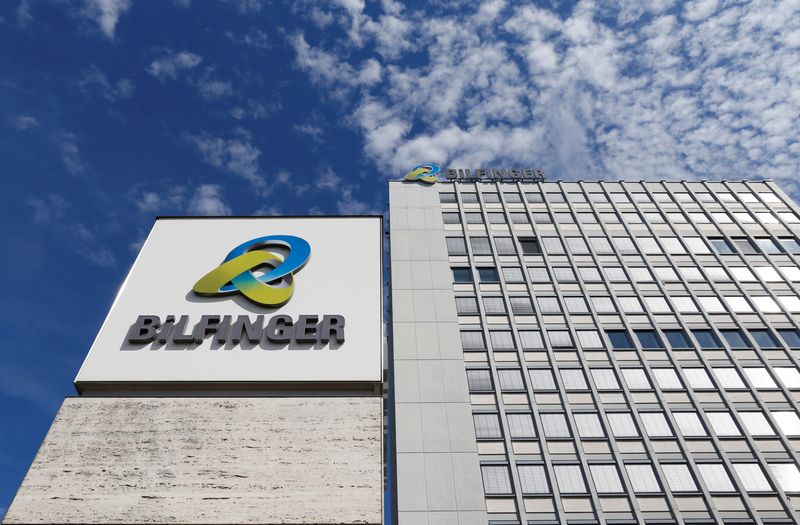Follow us on LinkedIn
Decision-making and creating business strategies are huge parts of running a successful business. In the business world, there are different ways to make decisions. When it comes to Nash Equilibrium, it is a process of making decisions where the company tries to find the best possible outcome.
It’s used by businesses to find the best possible solution to a problem. The name comes from the economist John Nash, who developed the idea. Nash Equilibrium is all about making the best decision possible given the information that you have. It’s a way of thinking that can be applied to any situation where there are multiple decision-makers.
What is Nash Equilibrium?
Nash Equilibrium is a type of concept that is used in game theory. It helps businesses to find the best possible solution to a problem. Nash Equilibrium is when each player in a game has no incentive to change their strategy assuming other players do not change theirs.
Nash equilibrium is an important concept in game theory because it analyzes the actions and interactions of other game players to determine the best results. This also allows you to predict the decisions of players if they are making decisions at the same time. And if one player’s decision takes into account the decisions of other players, then you can predict their decisions too.
Importance of Nash Equilibrium
Nash Equilibrium is important because it guarantees that a company can find the best possible solution to a problem. It also allows businesses to predict the decisions of other players. This is helpful in business because it allows you to make decisions based on what you think other people will do.
Nash equilibrium is also used in different fields such as politics and economics. It can be used to predict how people will vote in an election. Nash equilibrium is also used to study economic behavior.
Example of Nash Equilibrium
Let’s say, two companies are planning their advertising campaign to introduce their new products. Let’s say the total market of consumers is around 10,000.
If both companies start their campaign at the same time, then they would both get 5,000 customers each. However, if one company starts its campaign a week before the other, then it would get 6,000 customers and the other company would only get 4,000 customers.
In this case, Nash equilibrium is when both companies decide to start their campaign at the same time.
This is because if one company starts its campaign a week before the other, then the other company would lose customers. However, if both companies start their campaign at the same time, then they would both get 5,000 customers each.
Conclusion
Nash Equilibrium was invented by prizing-winning economist John Nash. It is a way of making decisions where the company tries to find the best possible outcome. The name comes from the economist John Nash, who developed the idea. Nash Equilibrium is all about making the best decision possible given the information that you have.
Further questions
What's your question? Ask it in the discussion forum
Have an answer to the questions below? Post it here or in the forum
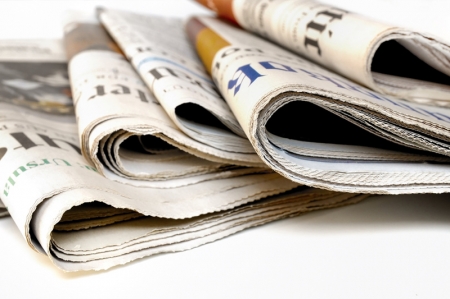
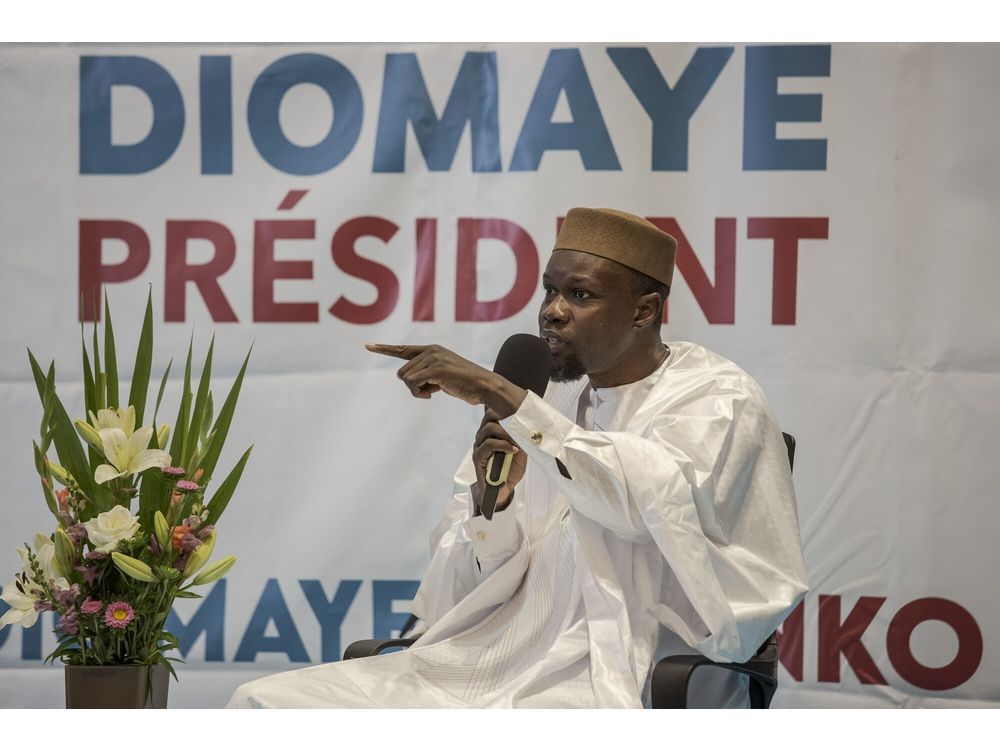
Senegal Prime Minister Ousmane Sonko favored expertise over political experience in picking his first cabinet, and named two former tax collectors for the key ministries of oil and finance.
